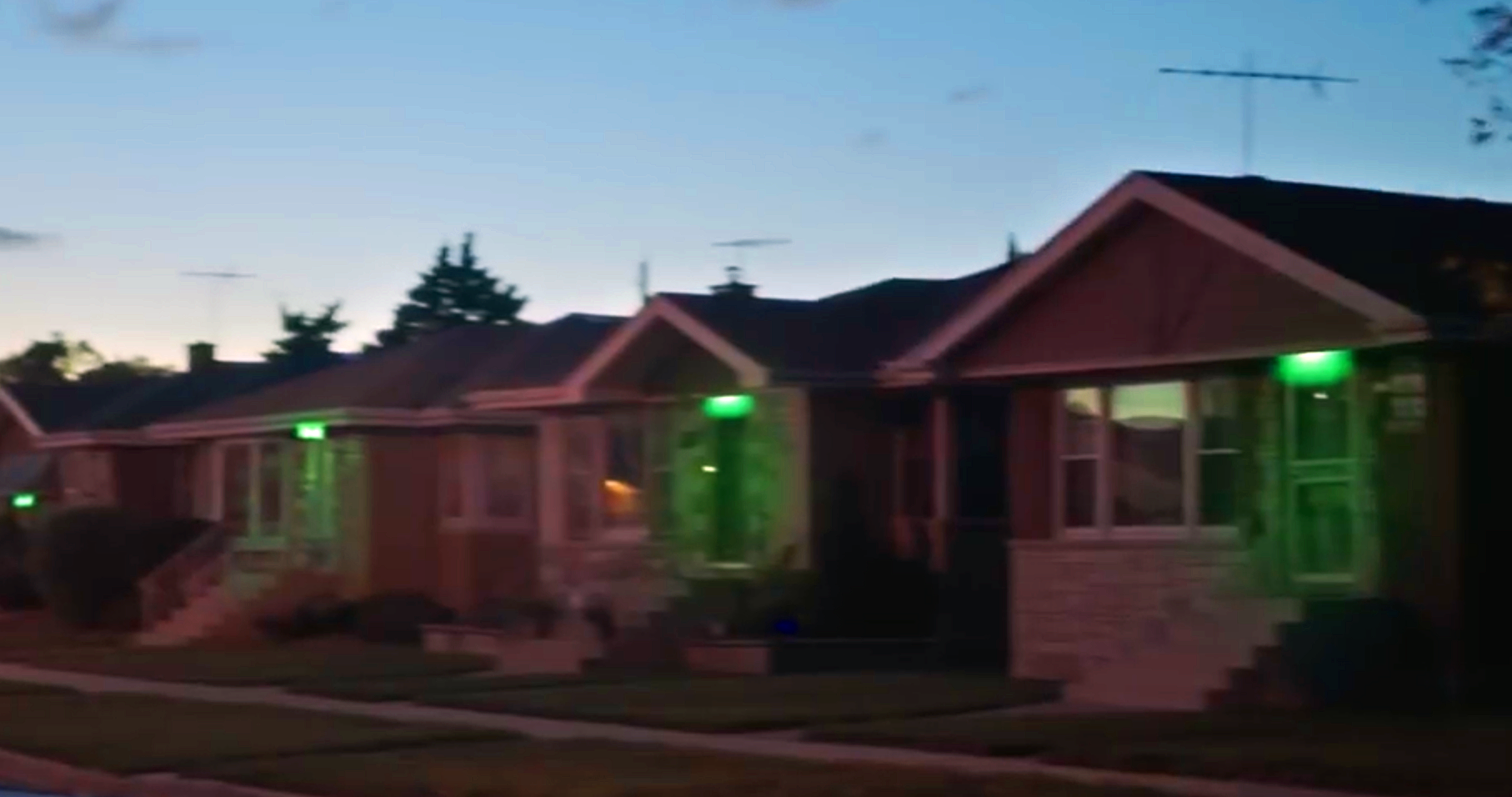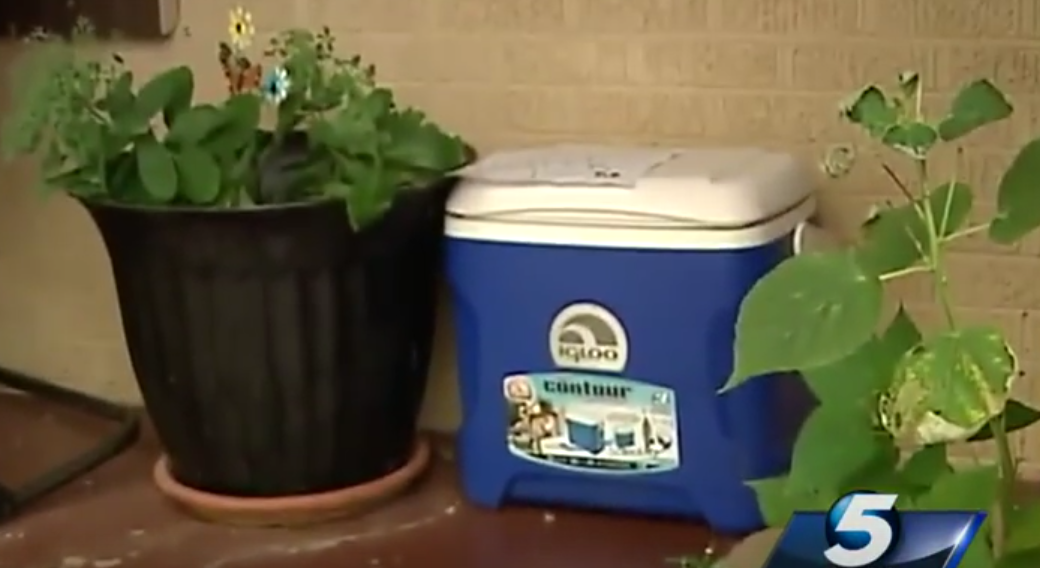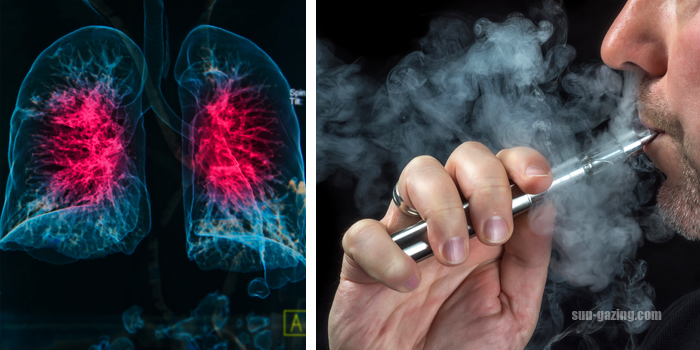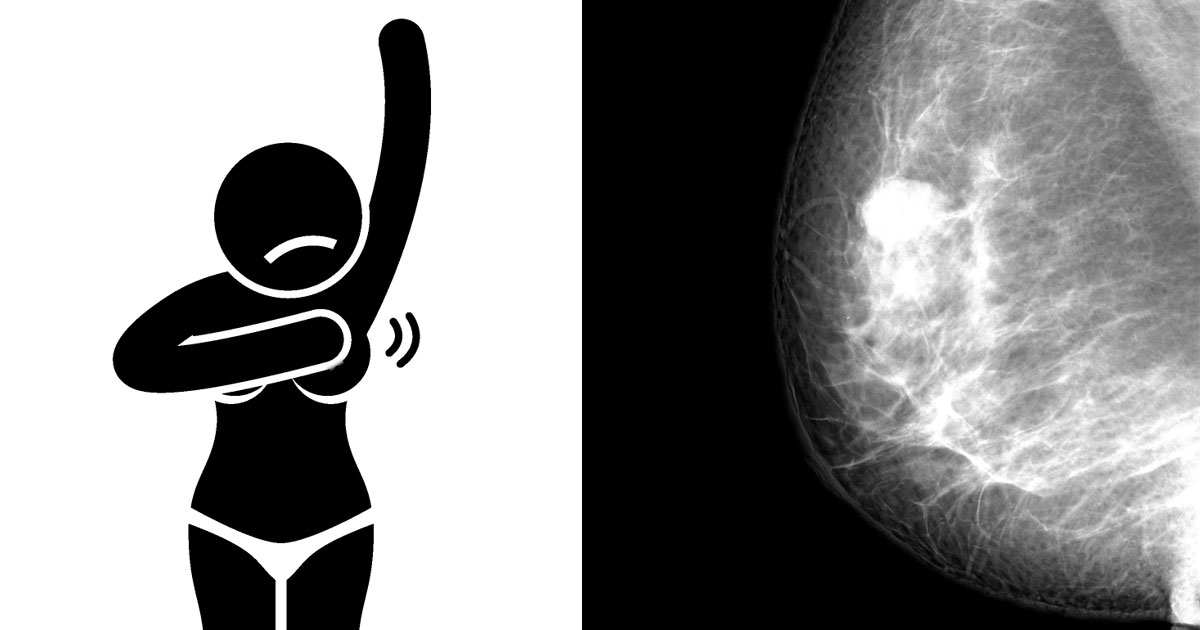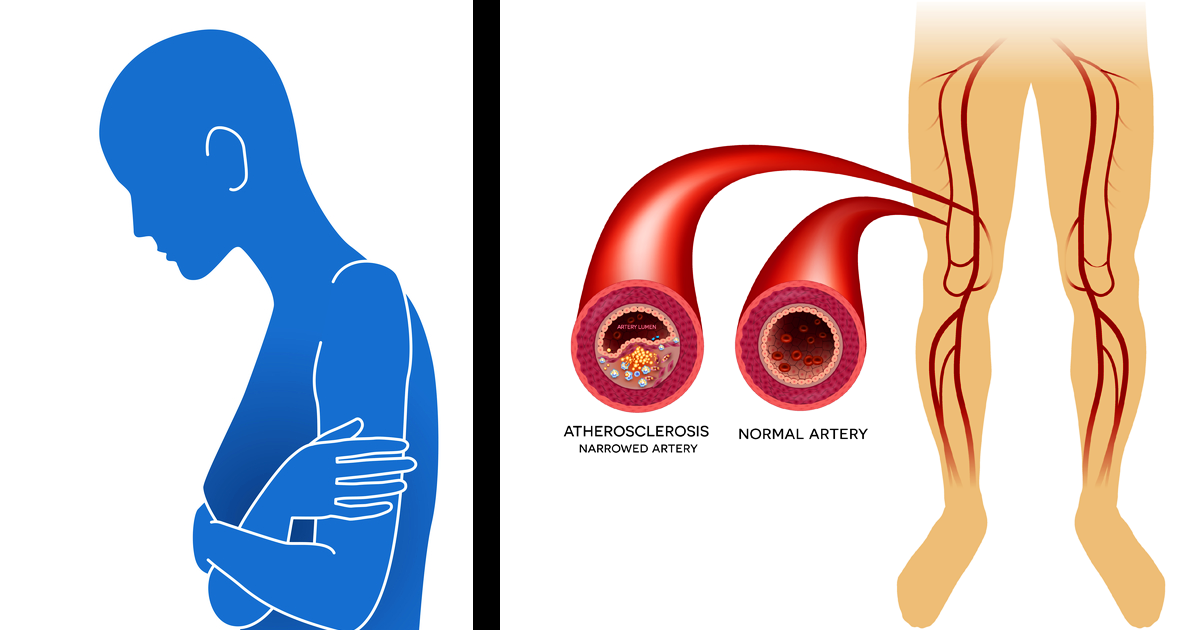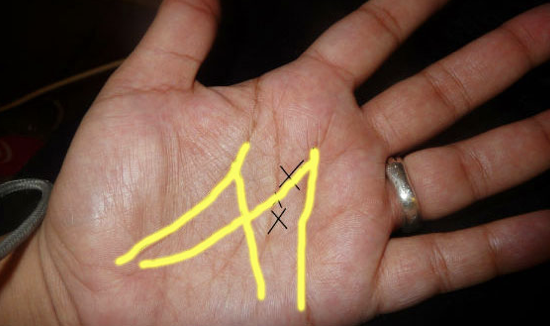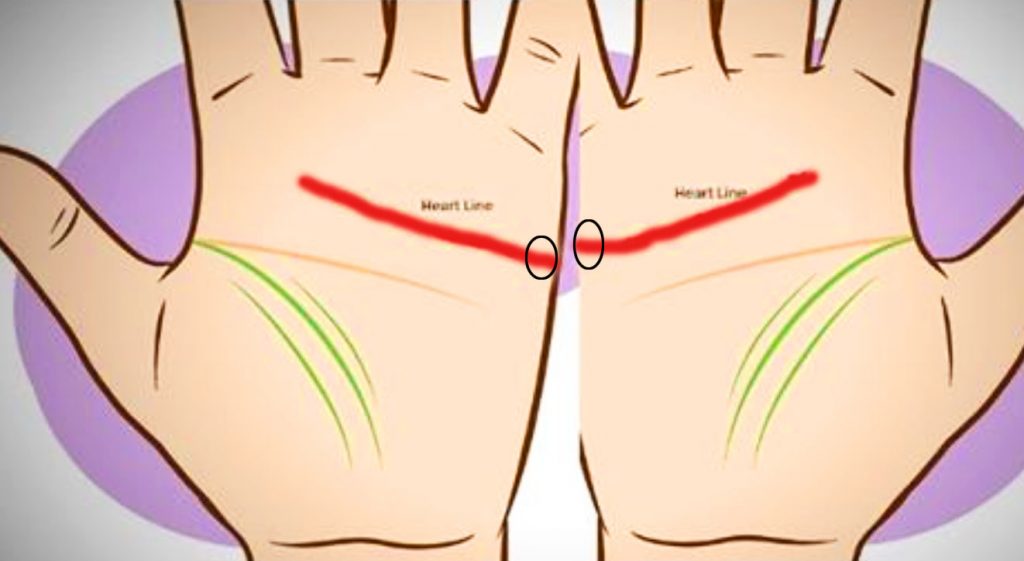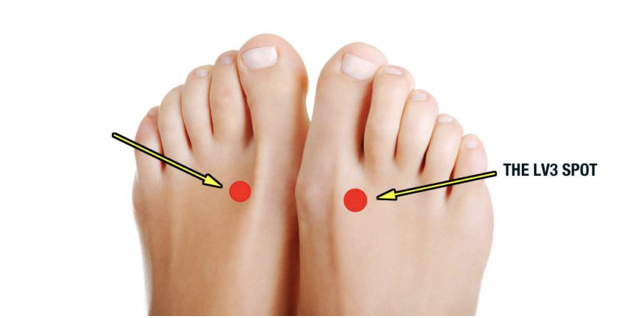If You Notice A Green Light Displayed On Your Neighbors Porch Or Window, THIS Is What It Means
Image via: Youtube
We all hear about the millions of military veterans, who were brave enough to fight for our country and are lucky enough to survive, only to return home haunted by their
experiences.
Transitioning back to civilian life is often difficult, whether it is having to deal with physical trauma and injuries, and/or the psychological ramifications of post-traumatic stress disorder (PTSD). Many of us have had the occasion to thank a vet for his or her service, but often we may not even know that an individual has served.
In the video you are about to watch below, Lourdes Gonzalez, a US Army vet who served in Iraq, offers insight into her experience at war. Her words were deeply touching and offered some profound perspectives. She emotionally discusses how much it means to her, when people express gratitude for her service. In so doing, we learn about the “GREENLIGHT A VET” initiative, which has provided a simple, but effective means for a more comprehensive way for all of us to say thank you to our vets.
The idea is to display a single visible green light, on a porch, or window that faces the street. The green light provides a universal symbol of our gratitude, for the incredible bravery of our vets, both during and after facing the ravages of war.
Additionally, the color green which has been associated with health and prosperity, is doubly symbolic of what we all wish for them, in their lives going forward. The website for this initiative also makes note that “Giving the Green Light” is a saying that explicitly connotes forward motion.
Listen, as Lourdes expresses her deep appreciation when she sees a green light shining from peoples’ homes; it tells her ” ‘I care. I may not know how to say it, but I care.’ ”
Please SHARE This Story With Family and Friends
If You Notice a Blue Cooler On Your Neighbors Porch. THIS Is What It Means..
Image via: Youtube
One cooler on a neighbor’s porch probably wouldn’t attract much attention, but several dotting the neighborhood piqued one woman’s interest. When Tracy Beaves, who lives in Oklahoma in a town called The Village, noticed several Styrofoam containers on people’s front porches she was naturally curious as to why they were there.
It turned out that one homeowner had decided to put out a cooler full of ice cold water bottles for the delivery people who were working outside in the oppressive heat. At the time, the area was experiencing a days long heatwave that showed no signs of relenting. Nevertheless, all of the letter carriers and delivery workers in the area had to go on with their jobs no matter what the weather. Providing them with a convenient and refreshing bottle of water was a simple and kind act that many people were more than happy to do.
Loving the thoughtful idea herself, Tracy decided to place a cooler full of beverages outside on her porch as well for anyone stopping by who might be in need of a drink. After all, when the weather heats up and it gets dangerously hot outside, it’s important to try and stay as cool and comfortable as humanly possible. To do that, the best thing a person can do is to drink lots of water and keep hydrated.
As a news report on the practice shows, the kind gesture didn’t stop with Tracy. Many other homeowners in her neighborhood also chose to put out coolers and the delivery carriers were more than grateful and thankful for it. Hopefully in the coming summer months this trend will catch on and spread all over the country. It’s a wonderful idea and a good way to pay it forward!
Please Share This Story With Family and Friends
If You Notice a Guy With Only 1 Nail Polished THIS Is What it Means.
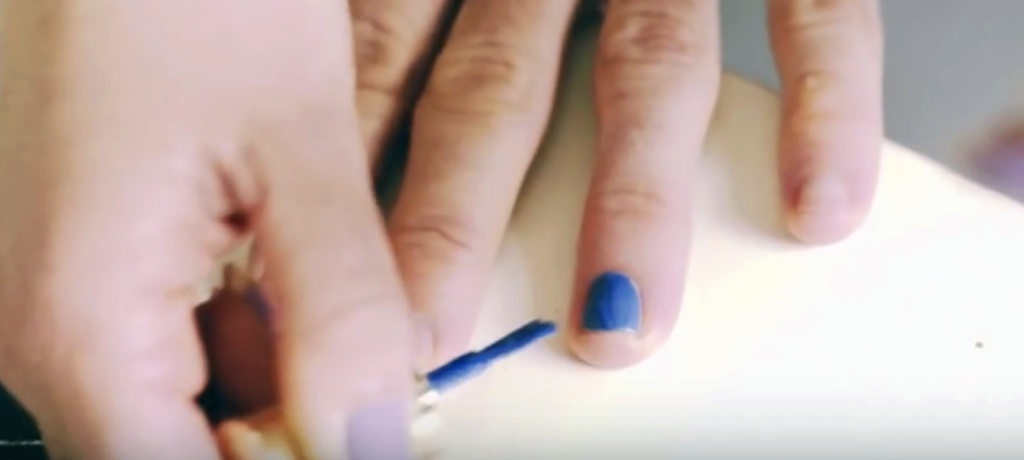
When Elliot Costello went on a trip to Cambodia with Hagar International he knew he’d meet women and children who had been exploited and abused. The non-profit organization runs social service programs there, as well as in Vietnam, which aim to protect the most vulnerable victims of human trafficking and help them recover. However, Mr. Costello never dreamed he’d meet a little girl named Thea who profoundly changed his life for good, and for the better.
Thea was ten years old when he met her at the Hagar shelter. For the past two years the little girl had been exploited by Westerners who physically, sexually, and emotionally abused her. Despite the horrific treatment she’d suffered through, Thea still had love and trust in her heart. She took Mr. Costello’s big hand in her tiny one and began to draw a heart with a marker before flipping it over to color in all of his nails. The simple act stayed with Elliot and is what motivated him “to paint one nail to represent the one in five children that suffer physical and sexual violence at the hands of men.”
Mr. Costello did not stop there. Instead he started the Polished Man campaign with the hope of drawing some much needed attention to the plight of children around the world who are, or have ever been, victims of sexual violence. The movement revolves around the simple act of supporters painting one finger nail on their hand and sporting it for a week straight in order to represent, and show unity, with children who have been abused. The end goal of this is to spread the word and spark a conversation about violence against children because when people see a man’s lone nail painted, their curiosity is piqued and they ask about it. The more awareness of the topic and campaign, the more visible the cause becomes. In turn, that leads to more donations that are needed to help fund and support all of the programs and resources that go to survivors like Thea.
The Polished Man campaign is just a couple of years old but thousands of people have joined the cause already. Celebrities such as Mario Batali and Hugh Jackman have thrown their support behind it and countless others have shared photos and messages on social media to help raise awareness. In the accompanying video Mr. Costello tells his story and provides more information on the campaign. Please share and help spread the word about this awesome idea so that more people participate and paint one of their nails as well.
Please Share This With Family and Friends
Doctors Warn People To Stop Using E-Cigs Because They Are Linked To a New Disease Popcorn Lung
While e-cigarettes are now being used as a “safe” alternative to cigarettes, as the “vaping” mechanism eliminates a lot of the smoke that builds up tar in the lungs, a new study has shown alarming links to a serious lung disease.
Because “flavorings” are used in this vaporized version of cigarettes, there is now deep concern in the medical community linking e-cigarettes to a disease called obliterative bronchiolitis, or “POPCORN LUNG”. In 2000, an investigation into the severe form of bronchitis being found in microwaveable popcorn factory workers, led the “Centers for Disease Control and Prevention” to conclude that the toxic chemical “Diacetyl” was responsible. Diacetyl was found in 39 of the most popular brands of flavored e-cigarettes! The Harvard School of Public Health found the link between e-cigarettes and Popcorn Lung, which was reported by “AOL News”.
The video you are about to watch below compares regular cigarettes to e-cigarettes. It is very important to watch this footage, and come to an educated decision about continuing to smoke e-cigarettes, given what we know and don’t know about this alternative. The bronchial symptoms, cited by “For The People”, of POPCORN LUNG include:
1. Wheezing
2. Dry cough
3. Abnormal shortness of breath
4. Wheezing
5. Weight loss
6. Night sweats,
7. Fever
8. Fatigue
Very often Popcorn Lung, an irreversible and often life-threatening disease, gets misdiagnosed. Although no longitudinal studies have yet been done, given how new e-cigarette smoking is, we do know that Popcorn lung can be devastating. Let us know your thoughts after watching the footage below.
Please SHARE this important HEALTH INFORMATION with your family and friends; it could save a life!
Signs and Symptoms You Have Breast Cancer and May Not Even Know It.
Breast cancer is the most common type of cancer that women are at risk from and in America the statistics are startling. According to nationalbreastcancer.org, one in eight women are diagnosed with breast cancer at some point in their life, which makes it the second leading cause of death, falling only behind heart disease.
While the numbers are eye opening, they also tell a different story. Knowing the signs, being proactive, aware, and on top of any changes in breasts is the key to early detection and protecting yourself. In a breastcancer.org survey of 2,200 women, 37% of respondents reported that they first detected their cancer with a self-examination. A rule of thumb is that as soon as your breasts are fully developed you should begin to check them monthly. This annual exam serves to make you familiar with your body so that you know what feels normal and can recognize any changes as soon as possible.
As for when you should do a breast self-exam, the best time of the month is at least several days after your period has ended. That’s when breasts are least likely to be swollen and tender. Women who no longer get periods can choose an easy day to remember, like the first or last day of the month. For comprehensive instructions on how to perform a self-exam properly, please go to breastcancer.org for more information and read on below.
The first thing that you should always keep in mind is that not all bumps are automatic signs of cancer. Many lumps and bumps are normal and may often be attributed to the following causes; cysts, scar tissue, infections, and benign fibrocystic breast disease. With that in mind, you also need to know what to look and feel for. Check your entire breast area including armpits for any strange feeling lump that is new or just feels off. Cancerous lumps are often painless, hard, and unmovable when touched. The video describes it as any lump that feels different or ‘like a lump in your oatmeal.’ These should be checked out further by your doctor as soon as possible, regardless of whether or not you’ve had a recent mammogram that was normal.
The next step is to check for any visible changes to your breasts. Things to watch out for include reddened, thickened, dimpled, puckered, or scaly skin, as well as any abnormal flattening or indentation on the breast. Always keep an eye on nipples as well so you can recognize any of the following changes in them that may indicate breast cancer; redness, pain, scaliness, itchiness, skin thickening, nipple turning inward, or nipple discharge.
In addition to doing monthly self-exams, you should always have your doctor perform an annual breast exam at your yearly check up. At age 40 you should also begin annual mammograms and if there is any history of cancer in your family be sure to inform your doctor about it.
By simply knowing the signs and symptoms that often accompany breast cancer and what to look for you can help protect yourself and detect any abnormality early on. Pass on this information so that more women are aware of them and remember to do annual self-exams.
Watch the video below for more information:
Please SHARE This With Family and Friends
8 Signs and Symptoms You Have Poor Circulation and Peripheral Artery Disease, and Don’t Know It.
Do you have fatigue, cramping or pain in your legs after a relatively short time of walking? If so, you could be suffering from Peripheral Artery Disease, commonly known as PAD. If you do have these symptoms, you are actually lucky, because according to “The American Heart Association” people who have PAD often have no symptoms.
Misdiagnosis or no diagnosis of PAD, a NARROWING of the peripheral ARTERIES to the LEGS, STOMACH, ARMS and HEAD, is common when you are asymptomatic or your symptoms are confused with some other condition. The CAUSE of this is ATHEROSCLEROSIS, most commonly found in the LEGS, results in narrowing and resultant blockage of blood flow to the area. This BLOCKAGE will put you at a significantly increased RISK for a HEART ATTACK or STROKE.
As you will hear from Dr. Yassa, in the video below that you are about to watch, there are ways to avoid misdiagnose or no diagnosis of this disease that can ultimately become LIFE THREATENING.
Common Causes:
1) High Blood Pressure
2) High Cholesterol
3) Being Overweight
4) Inactivity
Having Diabetes can increase the severity of PAD.
Dr. Yassa goes on to discuss in greater detail the SIGNS & SYMPTOMS OF PAD:
1) Leg Pain when moving, that recedes when you stop 2) Leg Cramps in the Calf that feel like a Spasm 3) Burning 4) Numbness 5) Feet are colder than other areas of the body 6) Hair loss on Legs 7) Shiny Skin 8) In the later stages POORLY HEALED WOUNDS ON THE FEET
In the footage below Dr. Yassa discusses the way doctors properly DIAGNOSE PAD, and identify exactly where the blockage is through various imaging tests. TREATMENT and PREVENTION are further discussed.
Please SHARE this IMPORTANT HEALTH INFORMATION with your family and friends; it could definitely save a life!

